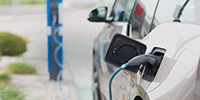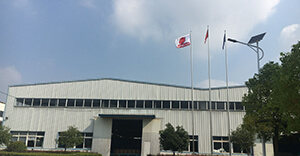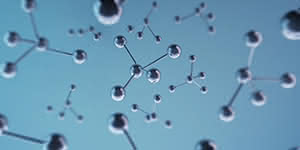What is AGM Technology?
|
Absorbed Glass Mat (AGM) technology batteries are a type of Valve Regulated Lead Acid (VRLA) battery that use a material manufactured from very fine glass fibers. The AGM material acts as a separator between the positive and negative plates and as a sponge to hold the sulphuric acid electrolyte. The plates are compressed for superior electrical performance to conventional flooded technology. Instead of the conventional polyethylene separator, the plates of AGM batteries are enveloped with a glass mat that absorbs the electrolyte and maintains direct contact with the plate’s active material. This greatly enhances both discharge and recharge efficiency, resulting in high performance engine starting and high cycle capabilities. The physical bond between the battery components and the container makes AGM spill-proof and the most resilient battery to vibrations and tilting at high inclinations. People who have recreational vehicles (RVs) and boats are familiar with deep cycle batteries. These batteries are also common in golf carts and large solar power systems (the sun produces power during the day and the batteries store some of the power for use at night). If you have read the article How Emergency Power Systems Work, then you also know that an alternative to gasoline-powered generators is an inverter powered by one or more deep cycle batteries. Both car batteries and deep cycle batteries are lead-acid batteries that use exactly the same chemistry for their operation (see How Batteries Work for more information). The difference is in the way that the batteries optimize their design: A deep cycle battery is designed to provide a steady amount of current over a long period of time. A deep cycle battery can provide a surge when needed, but nothing like the surge a car battery can. A deep cycle battery is also designed to be deeply discharged over and over again (something that would ruin a car battery very quickly). To accomplish this, a deep cycle battery uses thicker plates. A car battery typically has two ratings: ● CCA (Cold Cranking Amps) - The number of amps that the battery can produce at 32 degrees F (0 degrees C) for 30 seconds AGM can be used for Start-Stop cars with regenerative braking and coasting, and as a high-endurance starter battery for utility and emergency light vehicles. Other applications include off-road, motorbikes and marine/leisure. |













